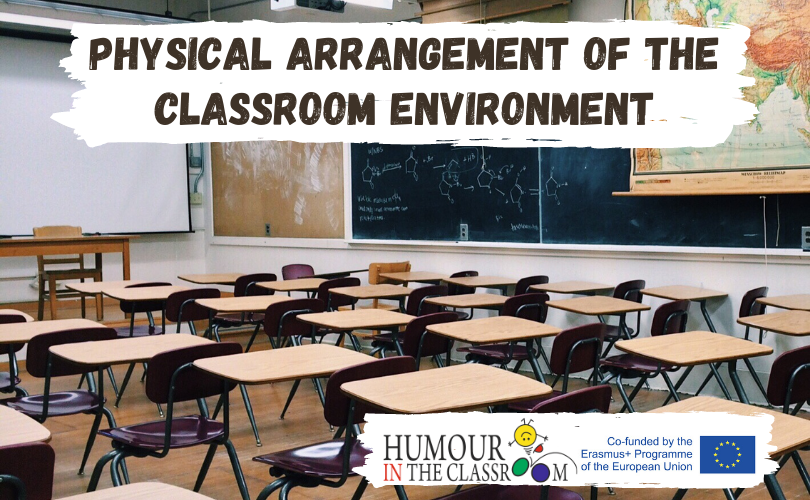Accessibility and organization are key aspects when designing the physical arrangement of the classroom. The physical arrangement of the classroom assists with the prevention of problematic classroom behavior by making sure that materials and resources for students are readily available. Teachers can establish routines for distributing, using, returning, and storing materials in an effort to prevent confusion. Some suggestions for setting up routines include designating shelf space for supplies, basal readers, dictionaries, and class and homework assignments; developing and teaching procedures for borrowing materials; and routinely assigning the distribution of materials on a rotating basis so that all students get an opportunity to distribute supplies (Smith & Misra, 1992). Advanced planning with regard to the selection and distribution of materials maximizes instructional time and makes the environment more predictable.
Seating arrangements have implications for teacher-directed instruction (Nordquist & Twardosz, 1990). If given the option, students will often sit next to their friends, most who are similar to themselves and have the same interests and ability. In typical situations, students who sit in the front of the classroom, in most cases, are more likely to receive reinforcement from the teacher. Teachers tend to direct most of their attention toward students in the front of the group because they are prone to actively participate in the lesson, answer questions, or make relevant comments. Students sitting in the back of the group often receive less attention and do not benefit equally from instruction. Therefore, the actual arrangement of the classroom directly impacts classroom instruction and interactions. Consequently, teachers should strategically plan seating arrangements. For example, students can be arranged in a strewn pattern deviating from the typical classroom setup. Students who typically sit in front of the group can be arranged so that they are scattered throughout the room and sit in closer proximity to students who would typically sit on the sides or in back of the group to potentially serve models or provide assistance to their peers, when needed.
Questions that may assist teachers in developing management systems prior to the onset of problematic behaviors, with regard to physical environment:
How easy is it for students to move around the classroom?
Will they bump into any furniture?
Are the students’ desks positioned too far or too close together?
Are there any stimuli in the environment that serves as a distraction to students?






